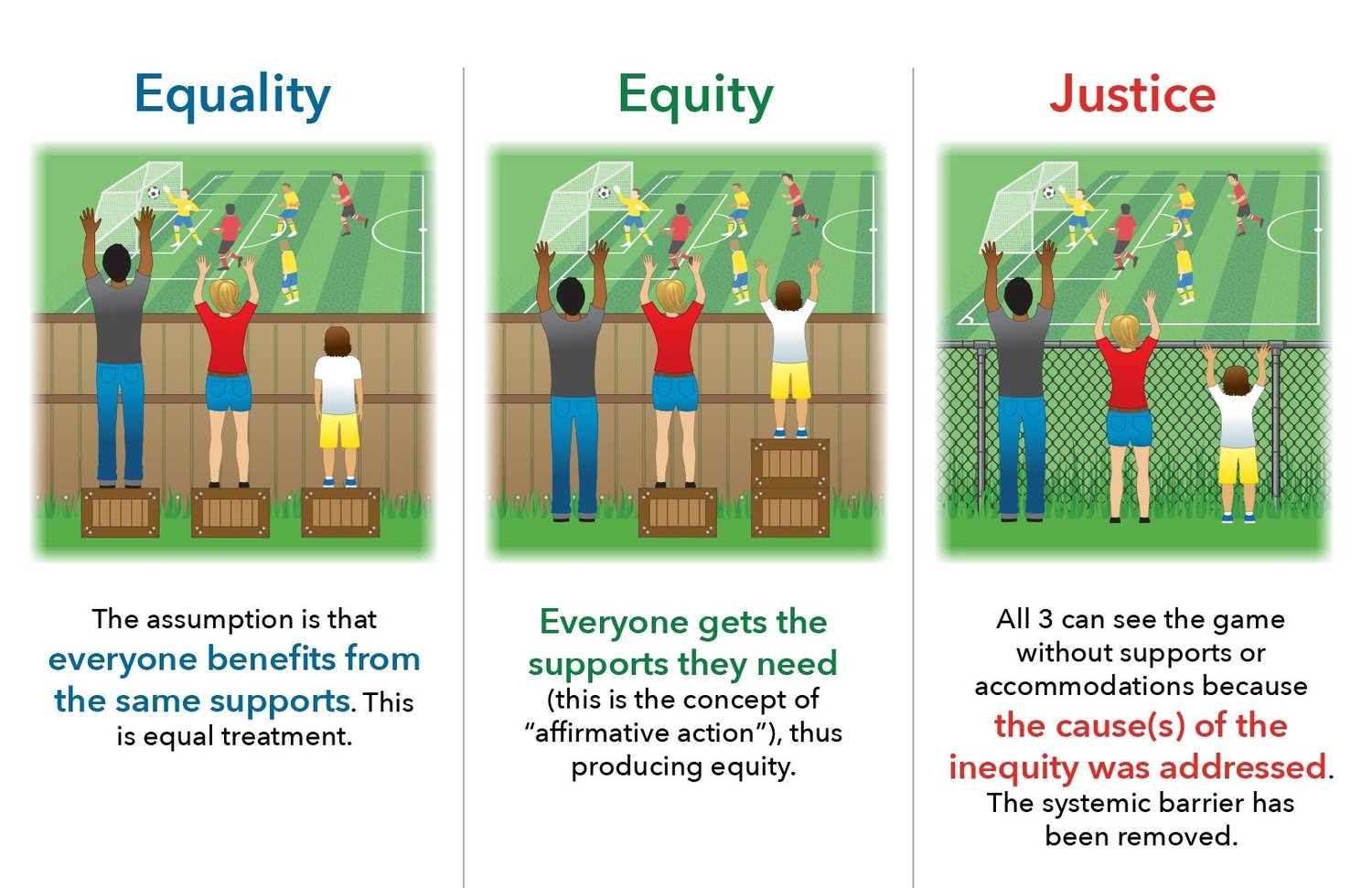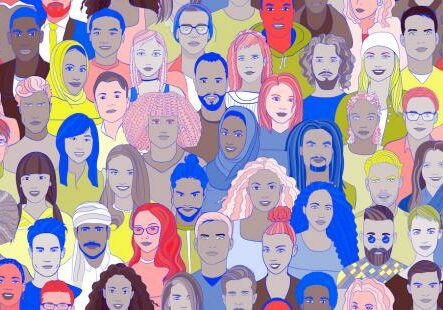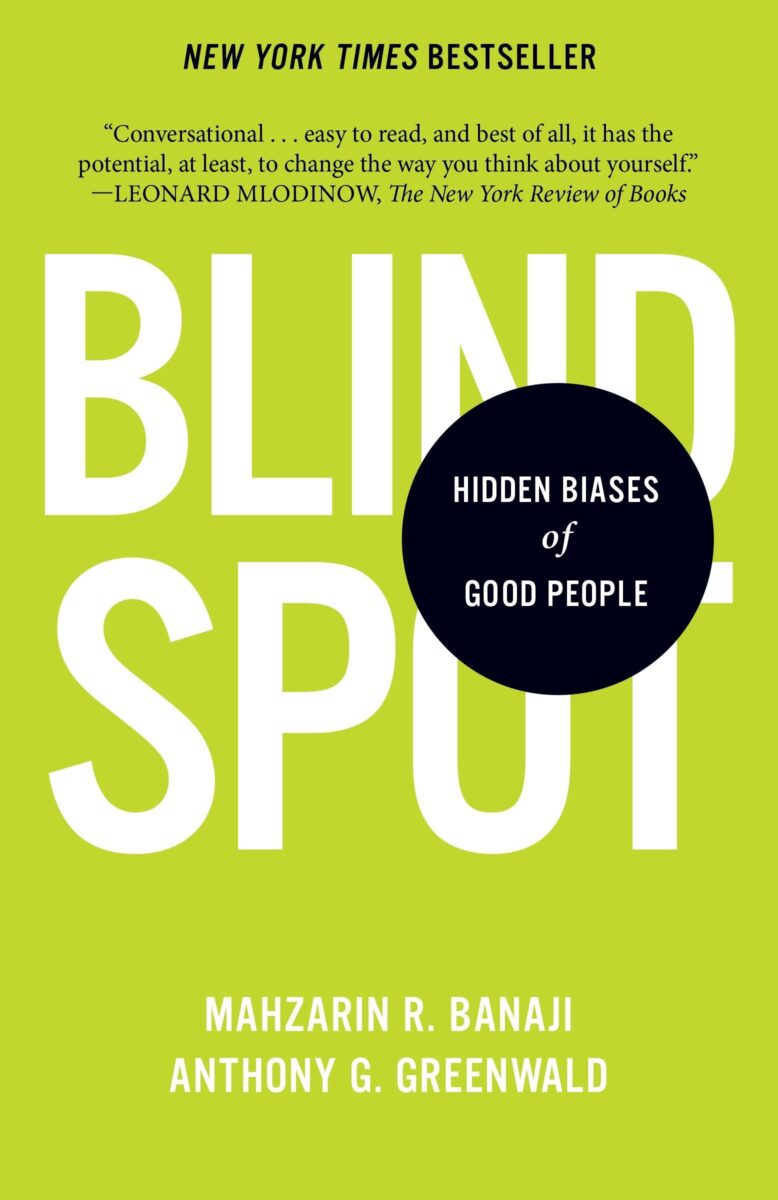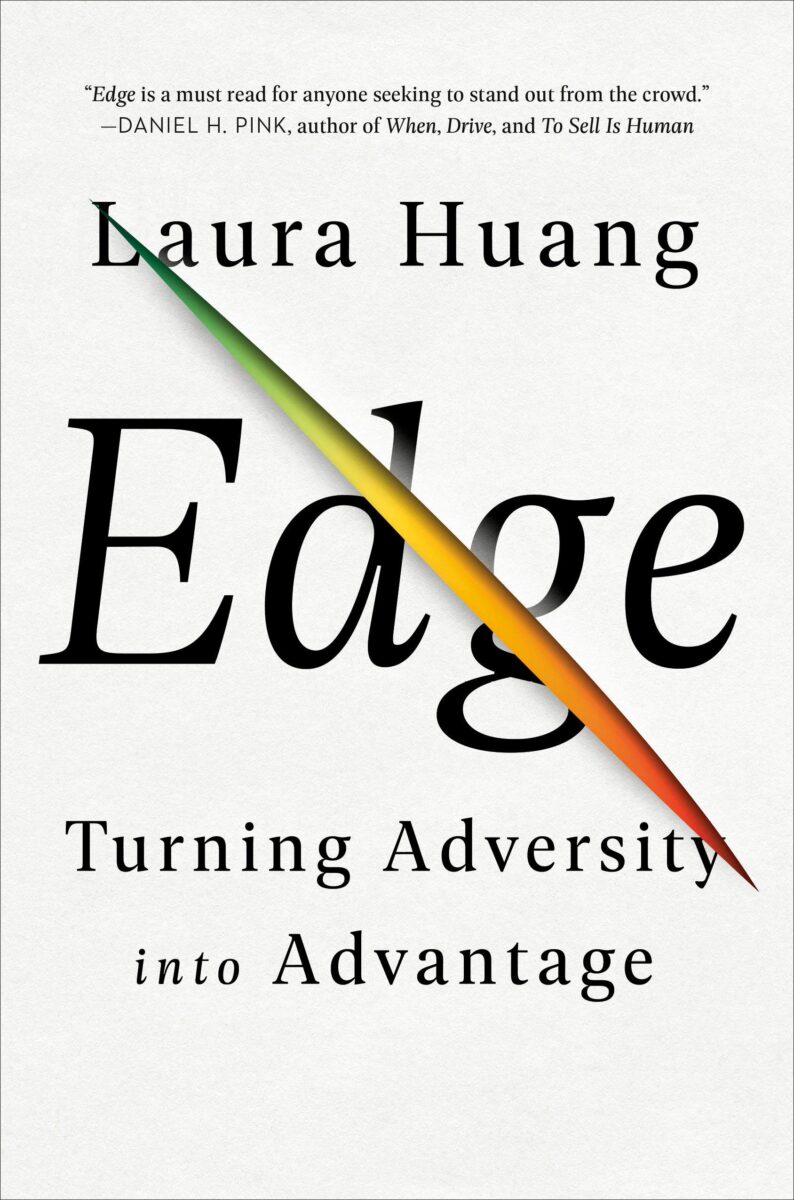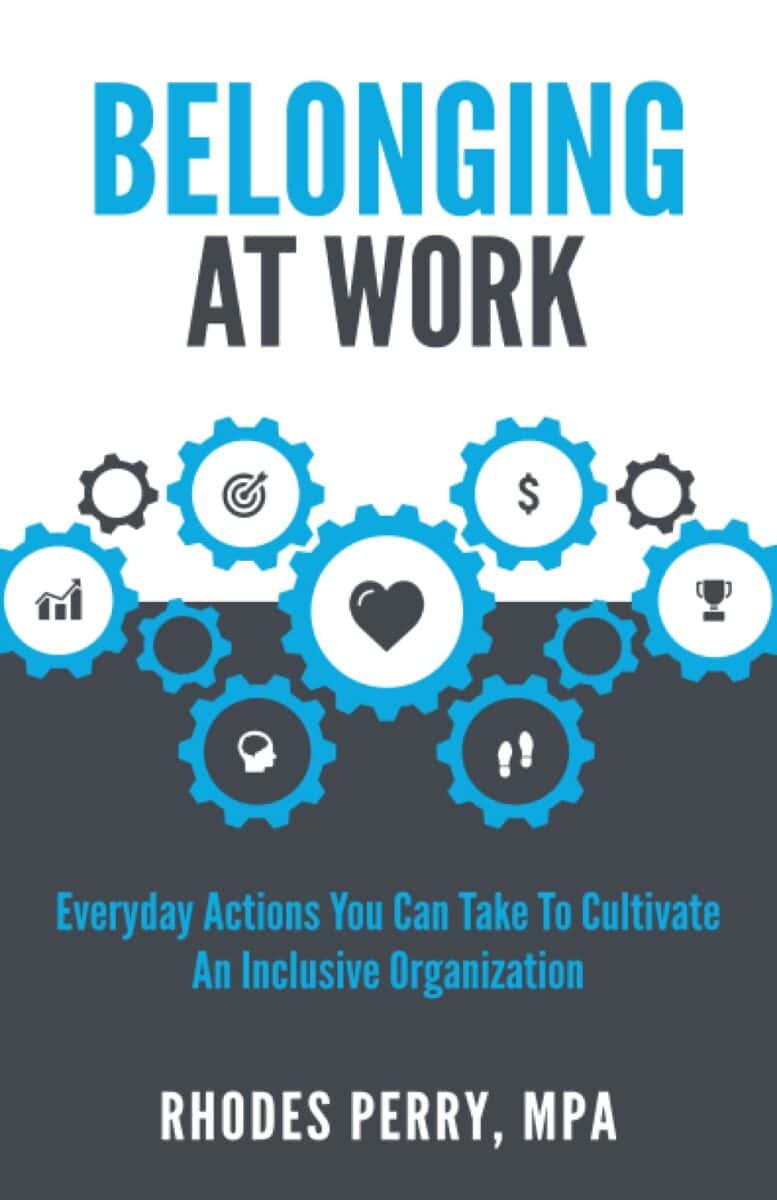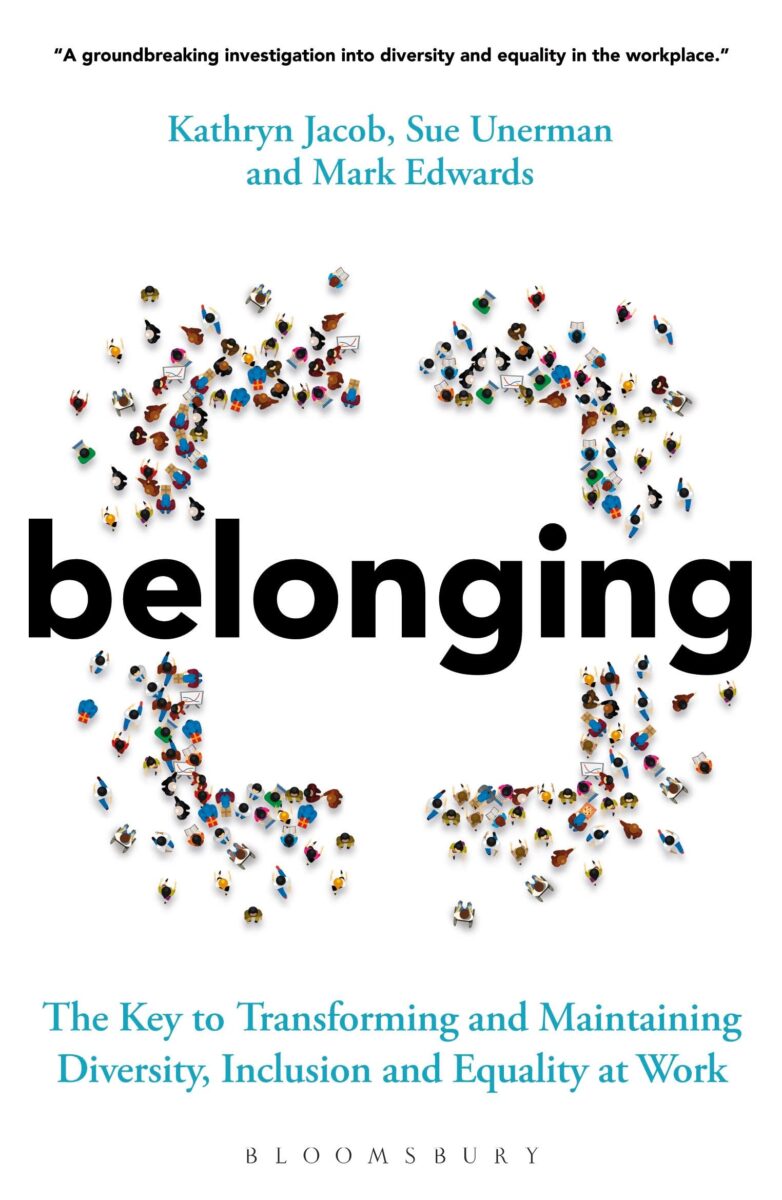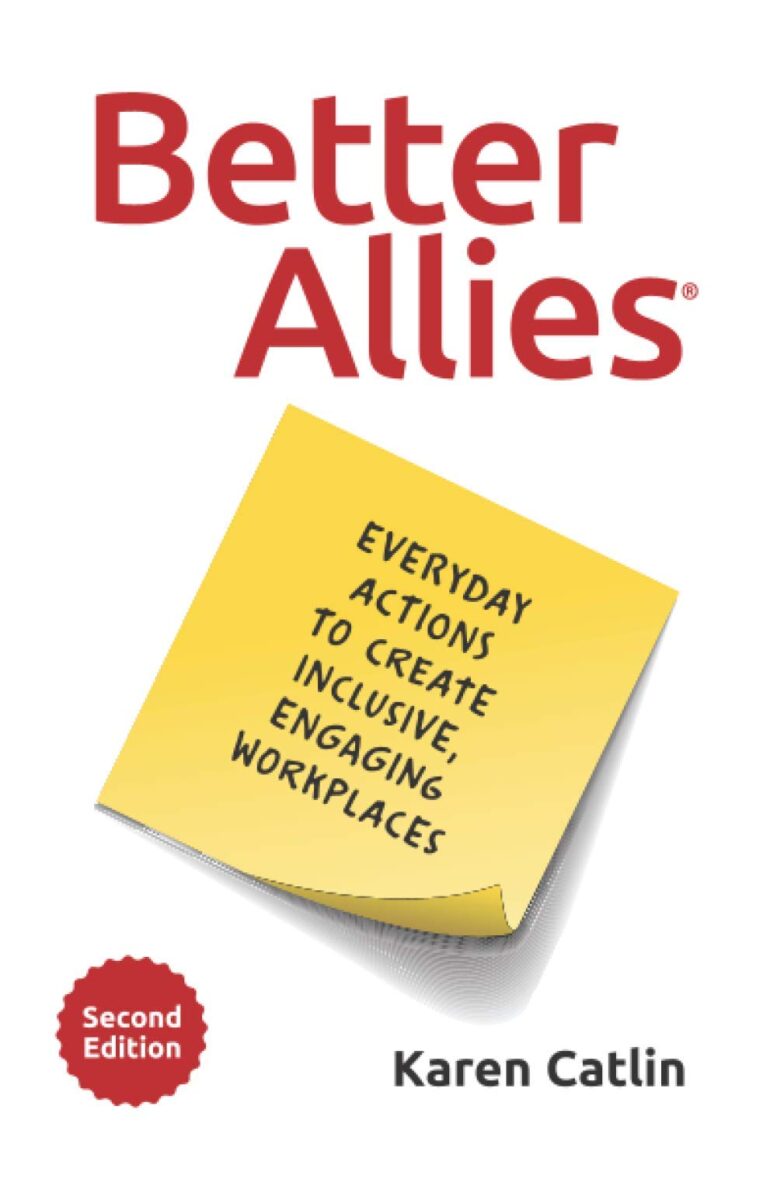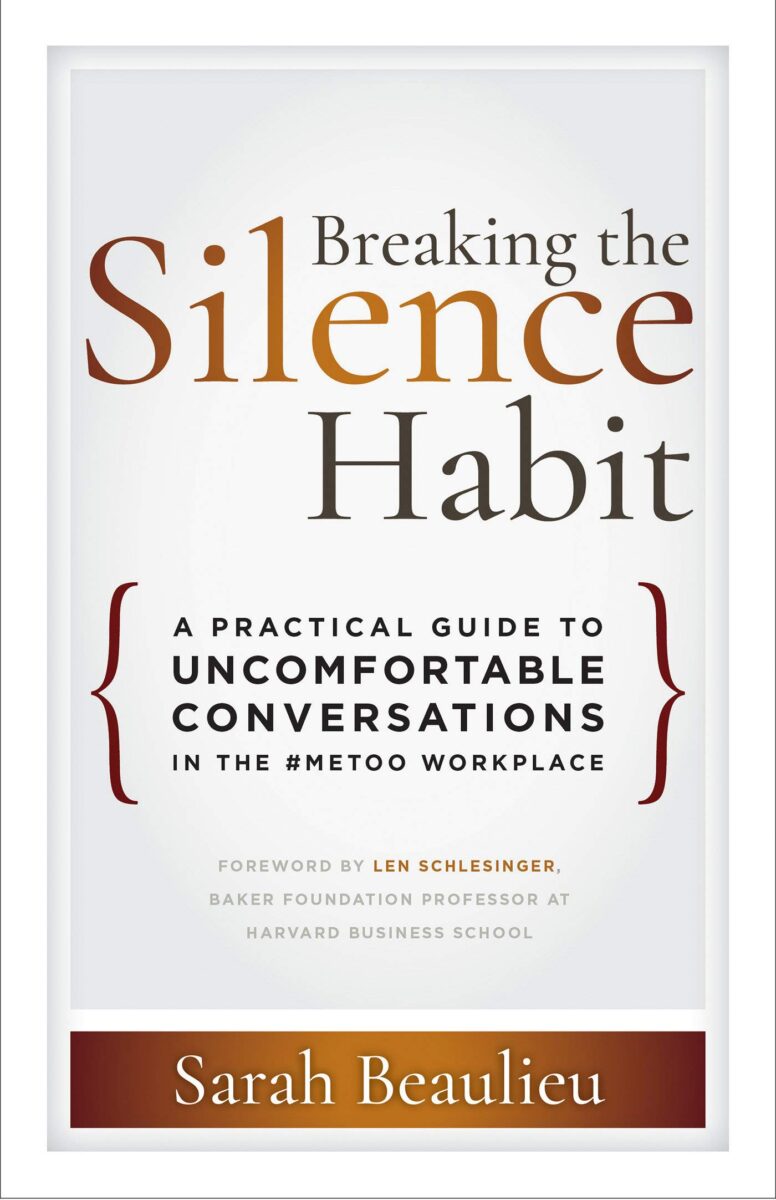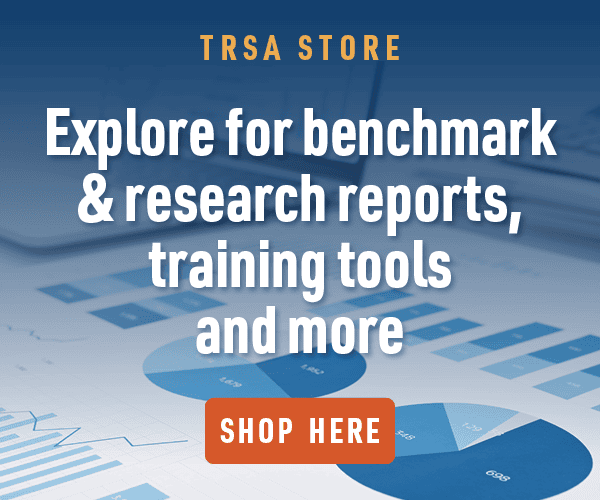What is Diversity & Inclusion?
Diversity in the workplace is critical to a company, as each individual brings a different set of experiences, skills, and abilities to the table. The work environment should reflect the world and society in which we operate. While there are infinite categories that make people diverse from one another, most people subconsciously define it as social differences such as gender, race, and sexual orientation.
Inclusion goes hand-in-hand with diversity because in order to create a healthy work environment, each person, regardless of social differences, must be treated equally, fairly and have the same opportunities to succeed and thrive as their co-workers to contribute to the success of the company.
In summary, diversity refers to the traits and characteristics that make people unique while inclusion refers to the behaviors and social norms that ensure people feel welcome and supported.
Click here for resources such as links and PDFs to help you build or enhance your DEI program.
TRSA’s DEI Vision,
Mission Statement, and Objectives
Diversity and inclusion are a company’s mission, strategies, and practices to support a diverse workplace that incorporates a variety of perspectives, backgrounds and experiences that improves decision-making and leverages the positive impacts of diversity for a competitive business advantage. The top diversity, equity and inclusion (DEI) priority is the recruitment, retention and support of diverse employees including race, color, religion, sex/gender, national origin, age and sexual orientation.
Recruiting and employing from a diverse pool of candidates means a more successful and collaborative workforce. A diverse and inclusive workplace improves retention and helps businesses avoid employee turnover costs and fosters a more creative and innovative team and working environment.
Vision
To operate an association that:
- Is as free as humanly possible of prejudice based on various personal characteristics including, but not limited to, race, color, religion, sex/gender, national origin, age and sexual orientation
- Actively promotes opportunities for all without regard to the above/referenced characteristics
- Assists its staff and membership through accessible training and education to help eliminate all biases based on personal characteristics and perceptions
- Employ a diverse team that is reflective of our community, environment and the organization’s values
- Promote and recognize based on merit and performance
Mission
To make this vision a reality, TRSA is committed to taking action in the following areas to help our organization, our industry and society at large address the problem of prejudicial attitudes among ourselves and others that place barriers to the hiring, advancement, and overall success of people due to social perceptions, rather than merit and performance including:
- Becoming aware of unconscious bias and internalized prejudice based on social characteristics and create a safe, trusted environment to discuss and hold each accountable for the change to root out any traces unconscious bias
- Raising self-awareness of one’s own background and self-identifying how perceptions and attitudes towards others formed over time and consciously working to accept and understand people who have had different experiences based on their race, color, religion, sex/gender, national origin, age and sexual orientation.
- Strengthening TRSA through DEI by promoting and accepting different experiences and knowledge which can help the organization and its employees to operate as successfully and collaboratively as possible
Ultimately, as a global organization, we seek to develop a sustainable association that reflects all the constituents we serve by:
- Seeking to recognize, recruit, retain and promote diverse talents
- Seeking to provide diverse members of our organization with paths for advancement and success
- Working to ensure that TRSA, in all programs involving staff and/or members, provides a welcoming, safe, and collaborative environment for people of all backgrounds to help them reach their maximum potential
- Working to foster an organization that respects and values all its employees and members of the industry by recognizing and understanding the variety of experiences
Award Winning DE&I Safe Space Series
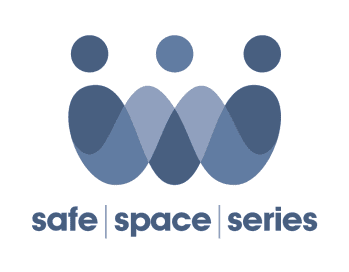

Finalist for the 2023 Ragan CSR & Diversity Awards in the training category
Objectives
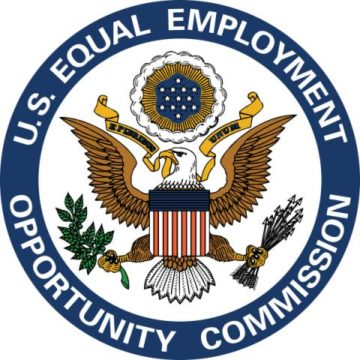
Equal Employment Opportunity
Equal Employment Opportunity (EEO) laws prohibit specific types of job discrimination regarding employment conditions based on characteristics of a person in certain workplaces. In the United States, they exist at the federal, state and local levels. They are enforced by the Equal Employment Opportunity Commission (EEOC),
Companies must provide equal employment opportunities to all employees and applicants for employment and the law prohibits discrimination and harassment of any type with regard to race, color, religion, age, sex, national origin, disability status, genetics, protected veteran status, sexual orientation, gender identity or expression, or any other characteristic protected by federal, state or local laws.
This policy applies to all terms and conditions of employment, including recruiting, hiring, placement, promotion, termination, layoff, recall, transfer, leaves of absence, compensation and training.
Impacts of Supreme Court College Admissions Ruling
DEI Resources
Belonging at Work
Rhodes Perry Belonging at Work empowers business leaders, change agents, visionaries, and…
Breaking the Silence Habit
Sarah Beaulieu In the wake of the #MeToo movement, employees and leaders…
Identity Groups
In order to cultivate a diverse and inclusive work culture, it is important to understand the different identity groups that face discrimination most frequently.
